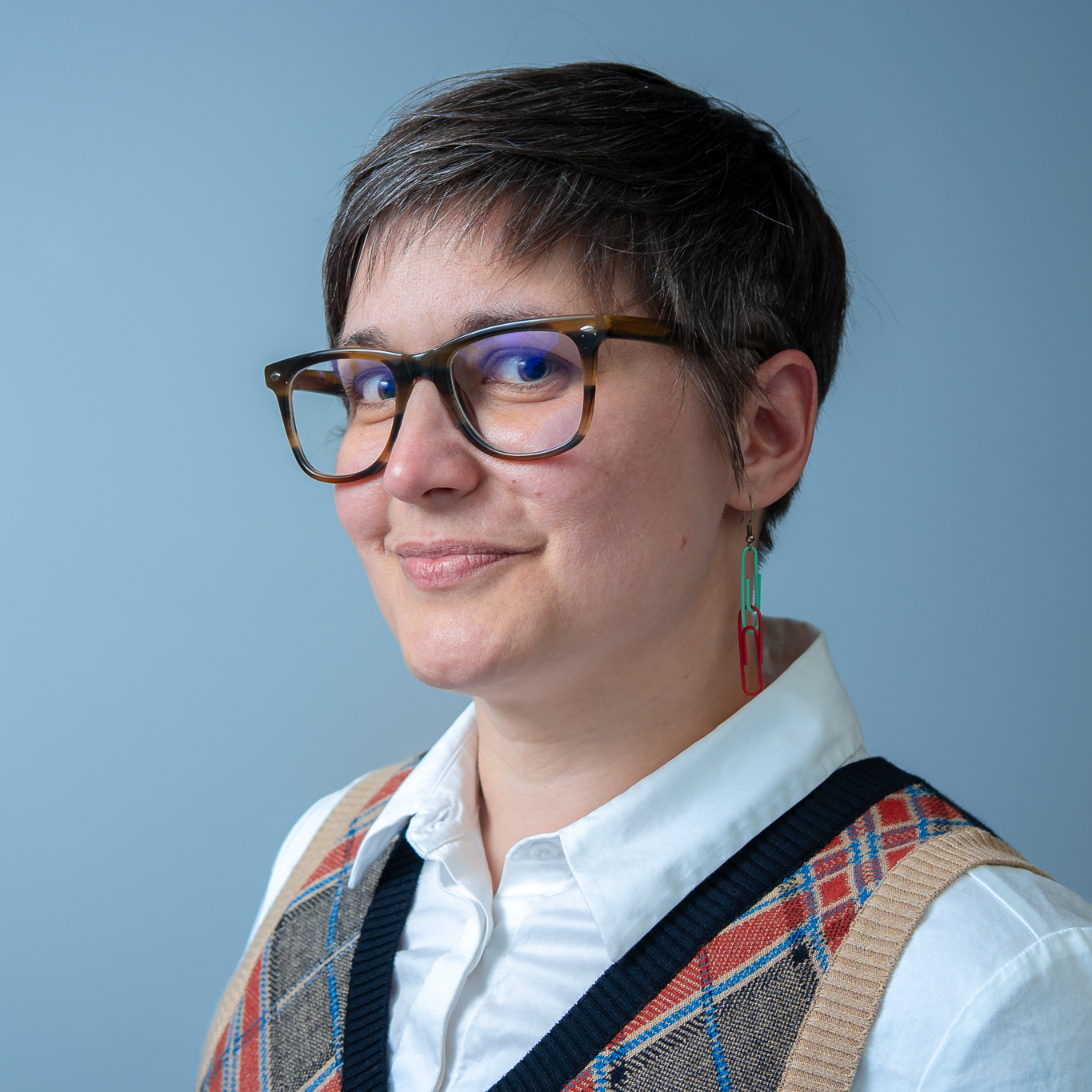
Carla Harris Accessible Arts & Culture Fund
The Carla Harris Accessible Arts & Culture Fund aims to reduce the number of visible and invisible barriers that hold artists back from achieving their goals. The Fund will work with each artist on an individual basis to understand their needs and the barriers they have faced, and then facilitate the presentation of their work. The Fund will serve to encourage artists of all types, in the hopes that audiences will find something of themselves reflected in each performance or work.
The Carla Harris Accessible Arts & Culture Fund aims to reduce the number of visible and invisible barriers that hold artists back from achieving their goals. The Fund will work with each artist on an individual basis to understand their needs and the barriers they have faced, and then facilitate the presentation of their work. The Fund will serve to encourage artists of all types, in the hopes that audiences will find something of themselves reflected in each performance or work.
Carla Harris' Story
I studied to be an artist and entrepreneur. When I was mid-MBA I was diagnosed with epilepsy, and it worsened to the point where I had to undergo brain surgery. After my surgery, my skills were still the same; I was still the same person with the same abilities. Unfortunately, I soon discovered barriers around the arts due to my “condition.” These barriers made it difficult to work with the very same arts organizations that had inspired me to begin my journey. My diagnosis meant I was no longer able to drive, so suddenly small practical things held me back from taking part in arts events in my community. I was shocked to find myself unable to work for arts organizations either. Since so many positions in the industry were contract-based, they lacked the robust health plan that I need to cover the medications necessary for managing my health.
Discouraged, I left the arts feeling certain that someone like me would never make it work, not with all these barriers popping up. There were no stories like mine, no one with whom I could relate, so deep down a part of me felt that I didn’t belong there.
It took more than 10 years for me to find my voice, and I started to see that there are more Canadians living with disabilities than I had previously thought. In fact, 24% of Canadians have disabilities, and that number rises to around 40% once Canadians reach 65. I started to see that many people have additional costs and barriers that hold them back, all directly relating to their own disabilities.
It was at this point, a decade after my brain surgery, that I publicly identified as a disabled artist and entrepreneur. When I finally took that step, I began to meet other disabled artists, I found new commonalities in community. Finally, I saw stories like mine. People like me. I also learned about the social concept of disability, that society is what is holding people back, not the effects of our disabilities. This knowledge, this sense of community and belonging, has given me pride in disabled culture and has helped me refocus my lens to return to the arts with a voice more honestly my own.
It took more than 10 years for me to find my voice, and I started to see that there are more Canadians living with disabilities than I had previously thought. In fact, 24% of Canadians have disabilities, and that number rises to around 40% once Canadians reach 65. I started to see that many people have additional costs and barriers that hold them back, all directly relating to their own disabilities.
It was at this point, a decade after my brain surgery, that I publicly identified as a disabled artist and entrepreneur. When I finally took that step, I began to meet other disabled artists, I found new commonalities in community. Finally, I saw stories like mine. People like me. I also learned about the social concept of disability, that society is what is holding people back, not the effects of our disabilities. This knowledge, this sense of community and belonging, has given me pride in disabled culture and has helped me refocus my lens to return to the arts with a voice more honestly my own.
The arts can impact the richness of people’s lives, their relationships in their communities, their personal growth, and their mental wellness in tangible ways that are often overlooked. I have seen how invisible barriers can hold people back from accessing the arts in their communities, and I believe that all people need to learn that we don’t have to do everything independently. If we work to include everyone, if we can reduce the barriers that all people face for different reasons, we can truly make our community a more rich and rewarding place for all.
I created the Carla Harris Accessible Arts & Culture Fund so it can be used to alleviate the visible and invisible barriers that hold back artists and audiences. I want every audience member to see people like themselves on the stage, the screen, in song and on the page. I want to normalize asking for “help.” Needing “help” isn’t a failure, but an acknowledgement that we are all capable of amazing things, given the chance.